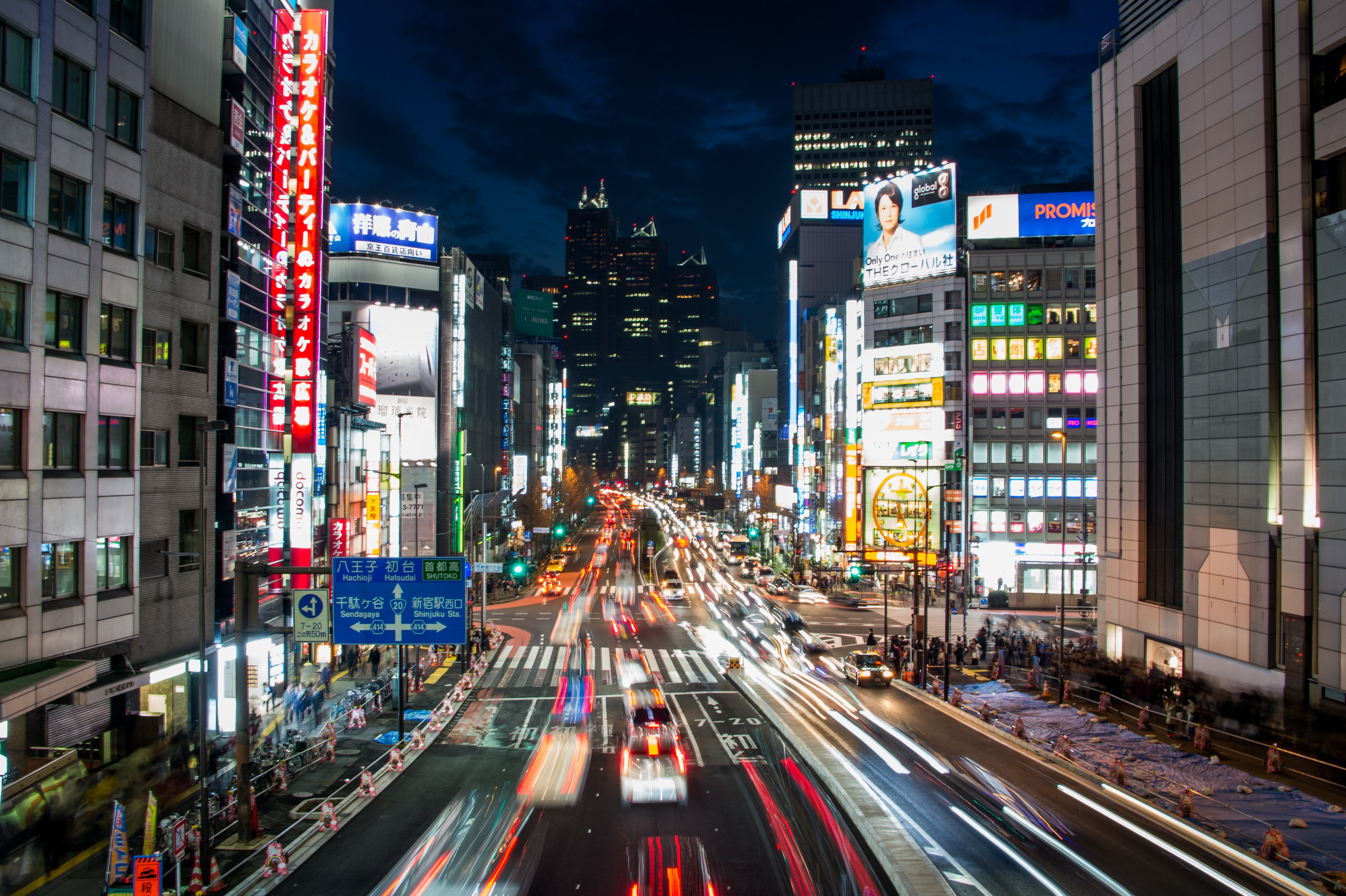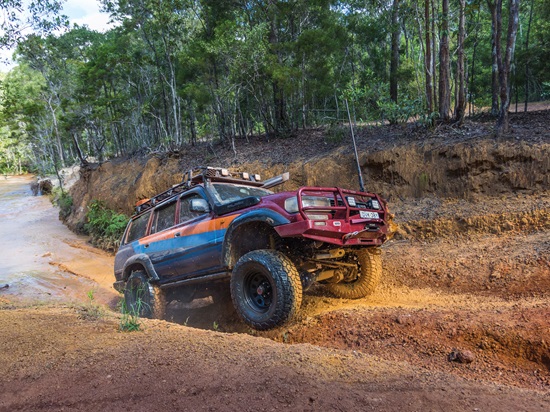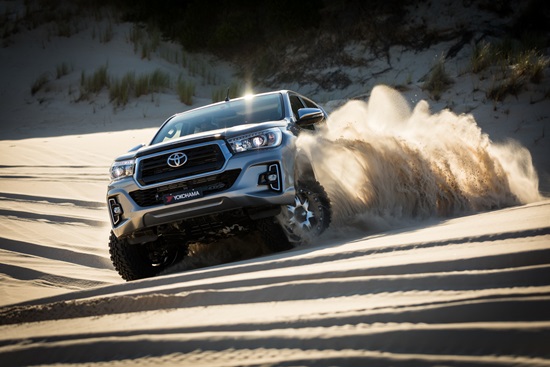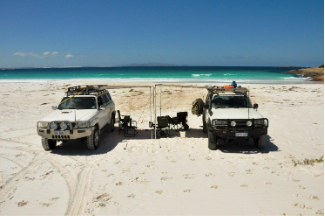February 28, 2019 Your Guide To Japanese Road Trips

For many Australians, the idea of travelling to Japan is highly appealing. This beautiful country manages to merge tradition and cutting-edge technology seamlessly, ensuring for a fascinating visit. You can do just about everything – from city breaks to ski trips, to foodie feasts and fashion photography – but have you ever considered a road trip? Here at Yokohama, we’re huge proponents of exactly that, especially given our roots (it’s no coincidence that we’re named after Yokohama, Japan’s second-largest city).
So, if that sounds right up your street, it’s time to drive right up theirs! Here’s how to explore Japan on the great open road.
PRACTICAL INFORMATION
The Laws
According to the Australian Embassy, if you hold a valid Australian licence and you intend to drive in Japan, you will need to obtain an International Driver’s Permit before you leave Australia. If you’re staying any longer than one year, you would need to arrange to get a Japanese licence instead. However, as most tourist visas are only issued for 90 days at a time, it is unlikely that you will need to do so.
The Roads
In Japan, drivers drive on the left, and the steering wheel is on the right – just like here in Australia! Japanese roads are very safe, and the cars are too because they must meet strict safety guidelines. Speed limits tend to be rather slow, but if you’re willing to pay to use toll roads using an Electronic Toll Collection Card, speeds increase. Other drivers on the roads tend to be very polite, so you won’t have to worry too much about dealing with road rage. There are lots of roadside stops which you can visit on your journey, known as “michi-no-eki”, where you can rest for free, eat and even purchase snacks and souvenirs.
Parking
Be warned - parking is not cheap in many cities across Japan, although it’s often free elsewhere, such as in the countryside. However, to make up for it, parking lots are often far more interesting than you may be used to! In some, you can drive onto an elevator, which then ensures your car is stored in a tower. Other car parks have barriers which physically lock you in until you’ve paid your fees, and then you can drive off again!
Petrol
Some petrol stations close at night, although some are open 24 hours these days. Many petrol stations are “full service” with staff speaking only Japanese, while others are self-service, although with no English instructions. So, it’s best to familiarise yourself with the local language either way. Plan ahead with petrol - you don’t want to be left stranded!
EXPLORING JAPAN
Where To Go?
Now that the logistics are out of the way, you’ve got an entire country to explore! There are plenty of tourist “hotspots” that you’ll want to visit, such as Tokyo, Kyoto and Mount Fuji, but there are also a plethora of hidden gems or less visited areas.
Yokohama, our namesake and birthplace, is a city only half an hour south of Tokyo. It’s known for gardens, parks, museums, a Chinatown and even “Zoorasia”, an incredible place to see animals. It is even home to one of the venues for the 2019 Rugby World Cup.
If you fancy it, you could go to Hokkaido island, with its capital Sapporo. It’s known for nature, and it’s an easy and pleasant drive. Think rainbow flower fields, stunning blue lakes and plenty of bright colours.
Of course, sometimes half of the fun is the roads themselves, as there’s plenty to see and things you might not be used to. For example, no road trip would be complete without checking out the Irohazaka winding roads in the mountains of the Tochigi Prefecture. Located on the main island of Honshu, the roads come in a pair and comprise of 48 hairpin bends, to correspond with the ancient Japanese alphabet. On each, you’ll spot the characters in alphabetical order as you take in the breathtaking views. Just be careful while navigating the curves!
Or what about some driving through Japan’s third-tallest volcano? On the southern edge of the Northern Japan Alps, you’ll find Mount Norikura, and the exhilarating Norikura Skyline road that tunnels through it. You can actually see the hardened lava on the peak, although you’ll have to reach that part by foot!
When To Go?
This really depends on what you’re interested in. Japan is captivating year-round, but it comes alive with the signs of the seasons. Autumn foliage is particularly beautiful, but if you visit during cherry blossom season which usually occurs around April, you’ll be enthralled as well! In some parts of Japan, the weather is subtropical, for example in Okinawa, whereas in the Japanese Alps, you can enjoy the snow. And, if you’re all set for the “big city”, there would be no better time to visit Tokyo than 2020 if you’re a sporting fan, as it’s playing host to the Olympics.
Rental cars are super easy to hire in Japan, so why not choose one with trusty Yokohama tyres and get on the roads!
More articles

How Advan Tyres Won 2019!

Yokohama Sweep ‘Best New Tyre’ Category at Top Industry Awards!

GEOLANDER X-MT G005: RUTHLESS PERFORMANCE, ULTIMATE GRIP

How To Choose Yokohama Geolandar Tyres

The Ultimate Introduction To Car Photography




